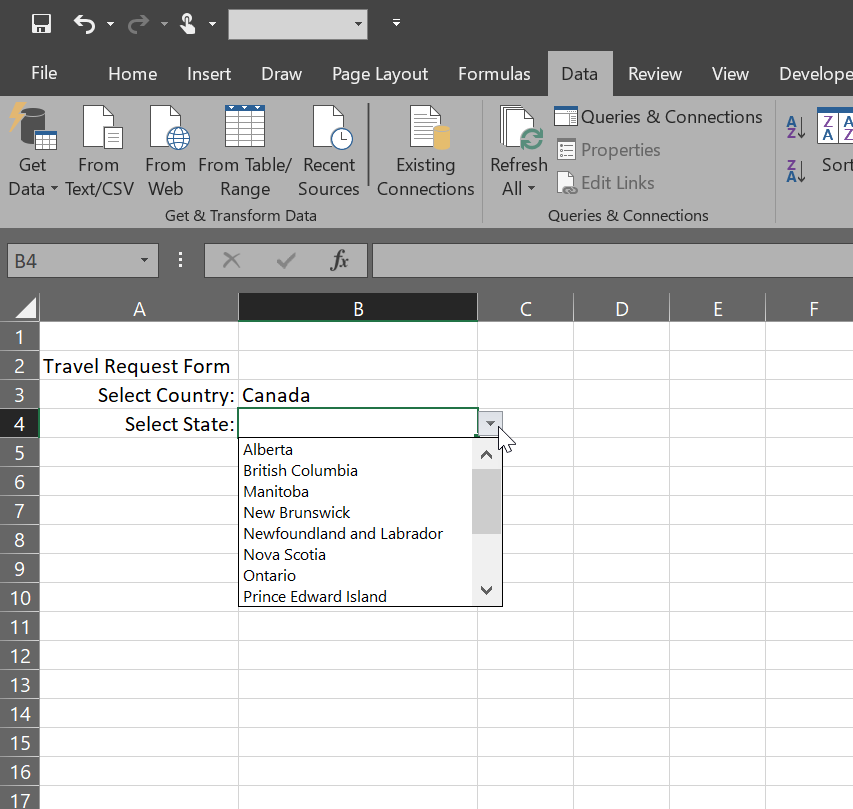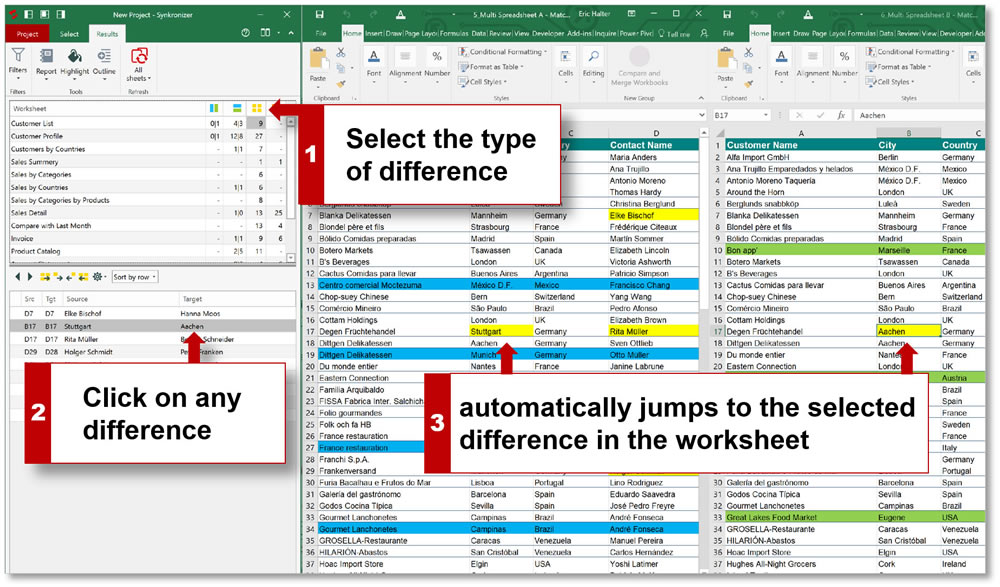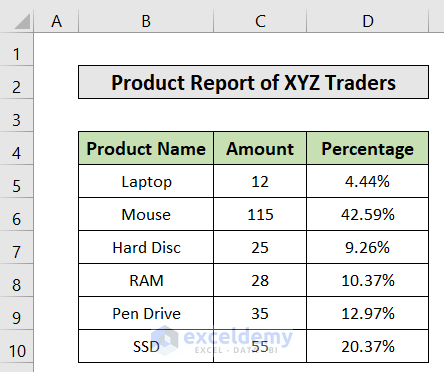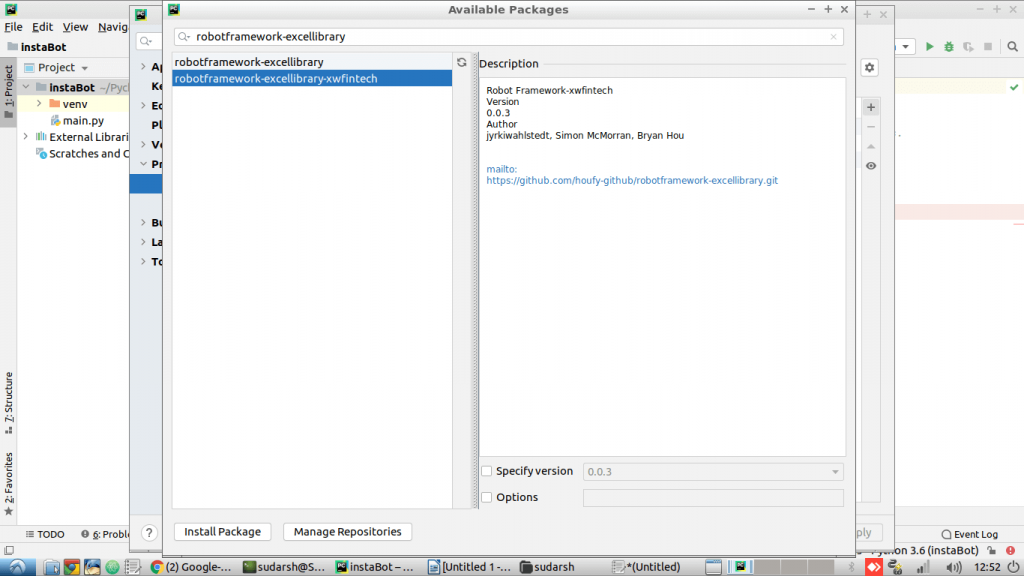How to Obtain Bankruptcy Paperwork Easily

Entering bankruptcy can often feel like an overwhelming experience, not just emotionally and financially, but administratively as well. Filing for bankruptcy requires an assortment of paperwork, and understanding the process can streamline the journey and alleviate some stress. This guide will walk you through the process of how to obtain bankruptcy paperwork easily and provide you with useful tips to manage this complex but necessary procedure.
Understanding Bankruptcy and its Paperwork

Bankruptcy is not a simple decision but rather a legal process designed to help individuals and businesses eliminate debt or repay creditors under the protection of the bankruptcy court. There are several types of bankruptcy, each with its own set of requirements:
- Chapter 7: Known as liquidation bankruptcy, where non-exempt assets are sold to pay off debts, with remaining balances discharged.
- Chapter 13: Focuses on debt reorganization, where debtors create a repayment plan to pay off debts over time.
- Chapter 11: Primarily for businesses, allowing for reorganization while staying in business and paying creditors over time.
Each chapter requires a different set of documents, but there are common papers needed across all filings:
- Petition for Bankruptcy
- Schedules of Assets and Liabilities
- Statement of Financial Affairs
- Means Test (for Chapter 7)
- List of Creditors
- Certificate of Credit Counseling
- Pay Stubs (for the past 60 days)
- Income Tax Returns (for the past few years)
- Proof of Income
- Bank Statements
🔑 Note: The specific documents required can vary based on the type of bankruptcy you are filing, local court rules, and the details of your financial situation.
Where to Find Bankruptcy Forms

The initial step to obtaining bankruptcy paperwork is understanding where to find these forms:
- Bankruptcy Courts' Websites: Most federal bankruptcy courts provide forms online for free. You can download necessary paperwork from the court's website.
- U.S. Courts' Official Website: Provides general bankruptcy forms applicable in any district.
- Legal Aid: Non-profits offer assistance in obtaining forms for those who qualify based on income or financial situation.
- Private Law Firms: Many law firms have these forms and can provide them even if you're not hiring them for representation.
The key is to ensure the forms are up to date. Courts and the U.S. Courts' website regularly update these forms, so check the version date to ensure compliance with current regulations.
The Steps to Filing Bankruptcy Paperwork
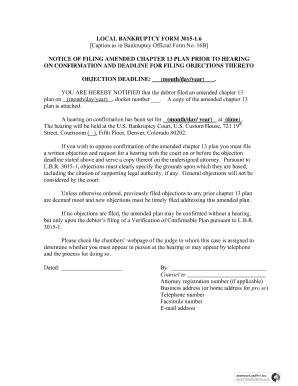
Here is a step-by-step guide to help you navigate the process:
1. Pre-Filing Preparation

- Gather Documents: Assemble all necessary financial documents.
- Take a Credit Counseling Course: Mandatory before filing. This can be done online or over the phone.
- Determine Your Chapter: Based on your financial situation, choose the right bankruptcy chapter.
2. Filling Out the Forms
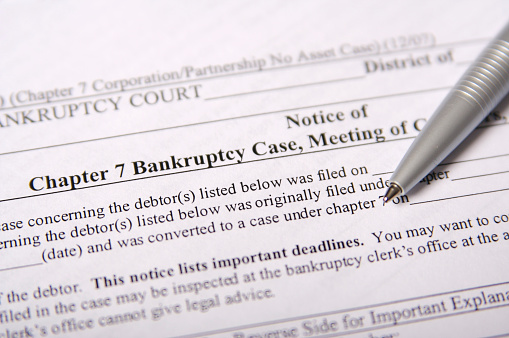
- Fill Electronically or by Hand: Electronic forms are easier to edit and review, but some prefer traditional pen and paper.
- Be Thorough: Incomplete forms can lead to rejection, so check and double-check all entries.
- Print and Sign: Most forms require a signature; print them for this purpose.
3. Filing the Paperwork
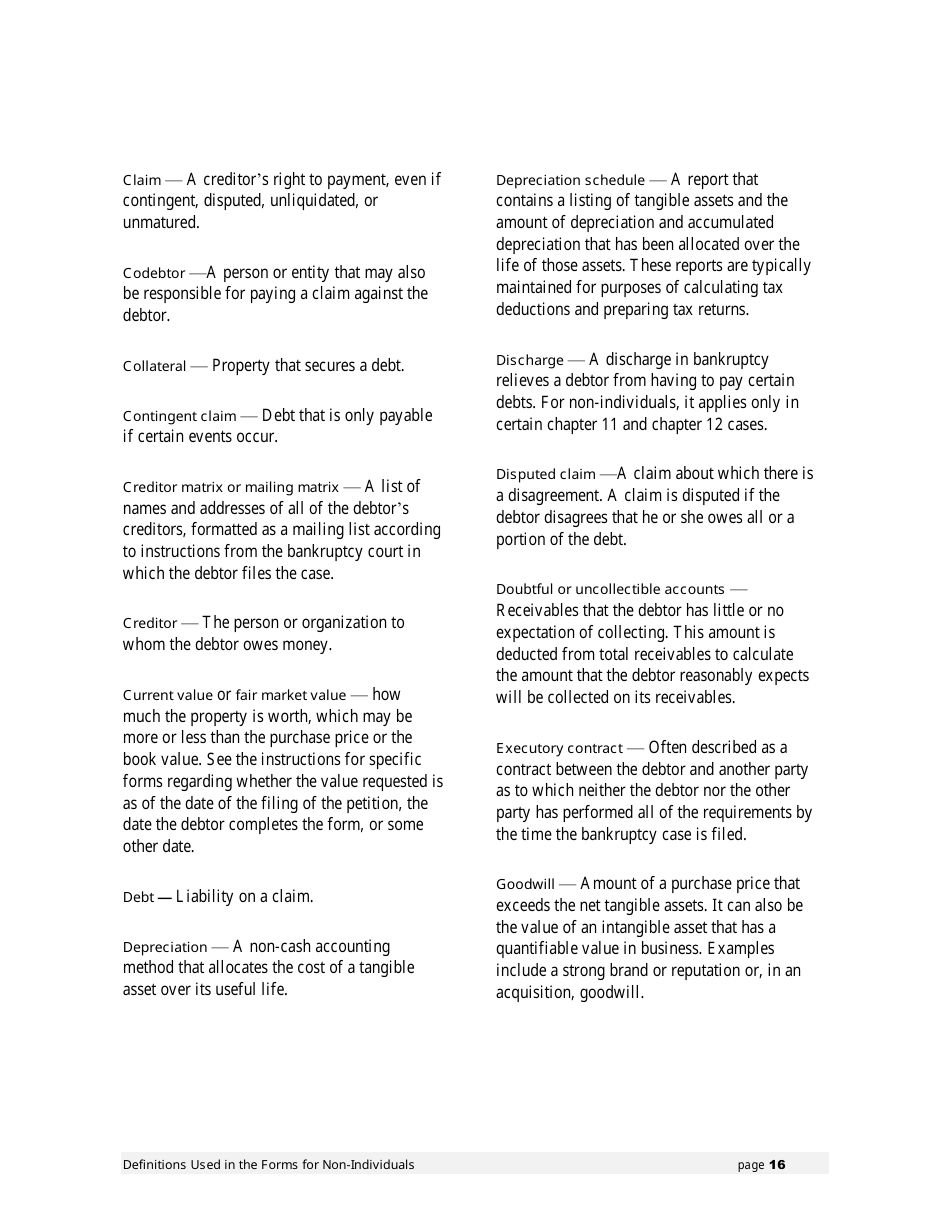
- Filing Fee: Pay the filing fee either in full or by requesting a waiver.
- Electronic Filing: If permitted by your court, file documents electronically for quicker processing.
- In-Person Filing: If electronic filing isn’t an option, bring your forms to the bankruptcy clerk’s office.
4. Post-Filing Steps
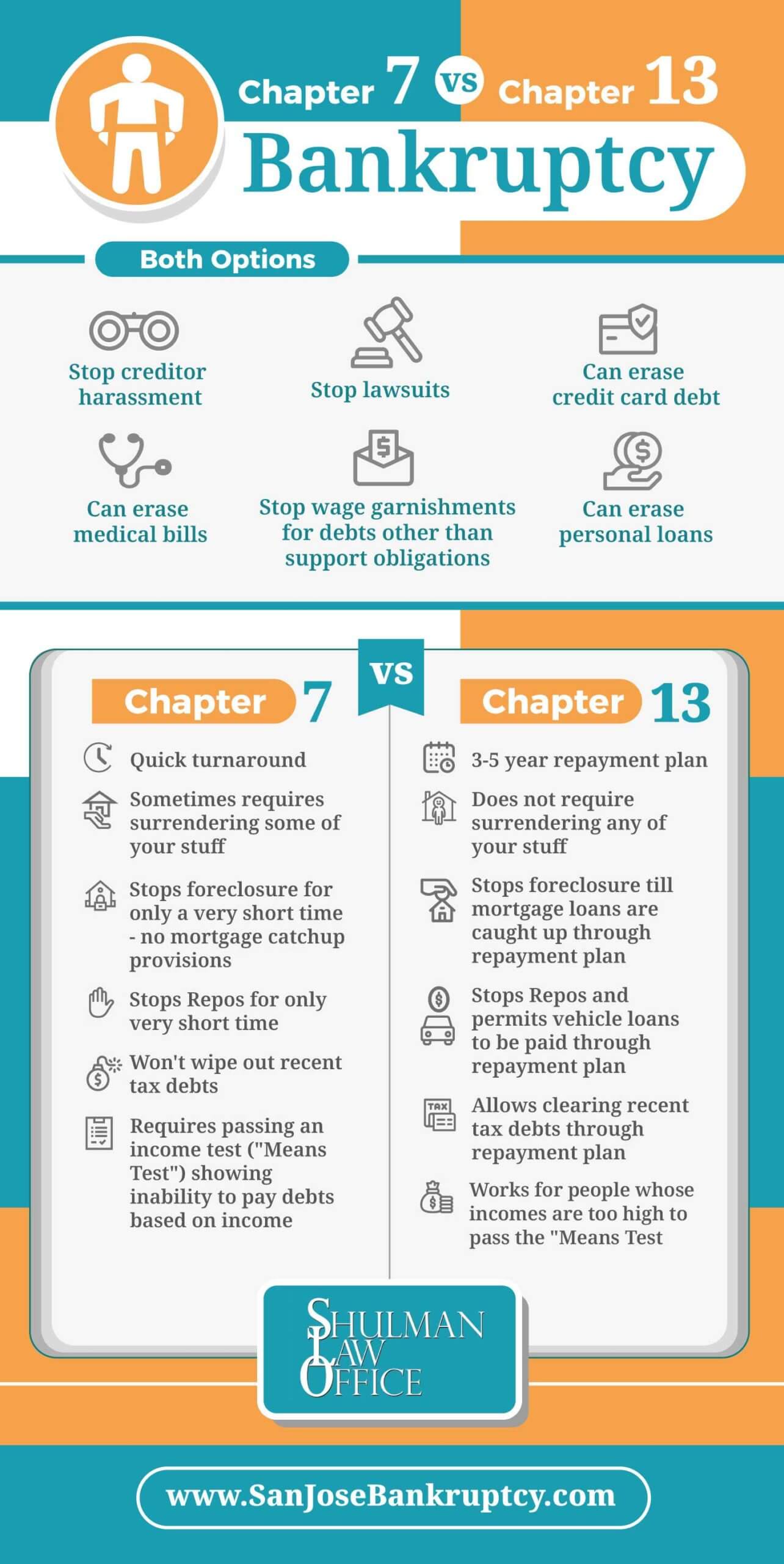
- Meeting of Creditors (341 Meeting): Attend the meeting where creditors can ask questions.
- Financial Management Course: Complete the mandatory course post-filing for discharge.
- Discharge: If all requirements are met, the court issues an order discharging your debt.
💡 Note: Bankruptcy trustees and creditors will carefully review your documents. Mistakes can lead to delays, added costs, or even dismissal of your case.
| Document | Importance |
|---|---|
| Petition for Bankruptcy | Starts the process, choosing the type of bankruptcy |
| Schedules of Assets and Liabilities | Details what you own vs. what you owe |
| Income Statements | Proves your income and how it compares to expenses |
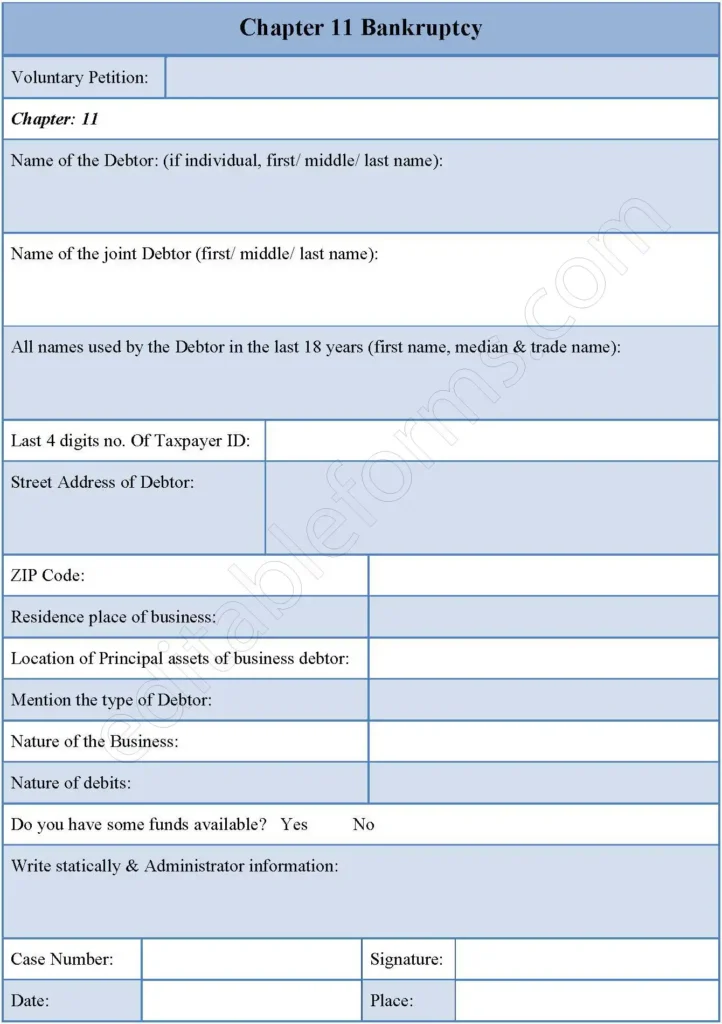
Tips for a Smooth Process
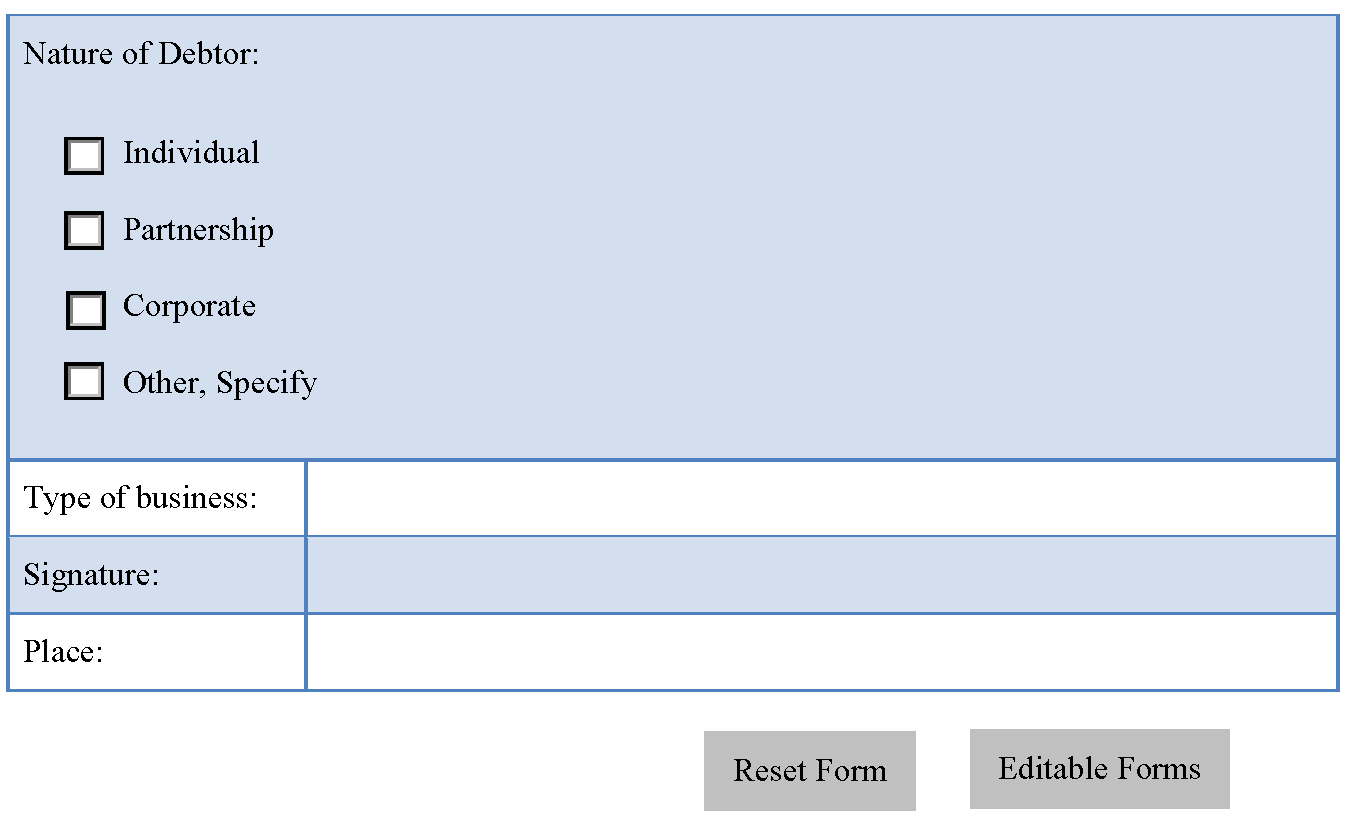
- Professional Help: Consider consulting or hiring an attorney, especially if your situation is complex.
- Accuracy Over Speed: Focus on filling forms correctly rather than quickly.
- Documentation: Keep copies of every document you file and any correspondence with the court.
- Stay Informed: Know your rights and the responsibilities associated with filing bankruptcy.
Each district's rules might slightly differ, so always refer to local court guidelines for the most accurate information and any specific requirements for your area.
FAQs
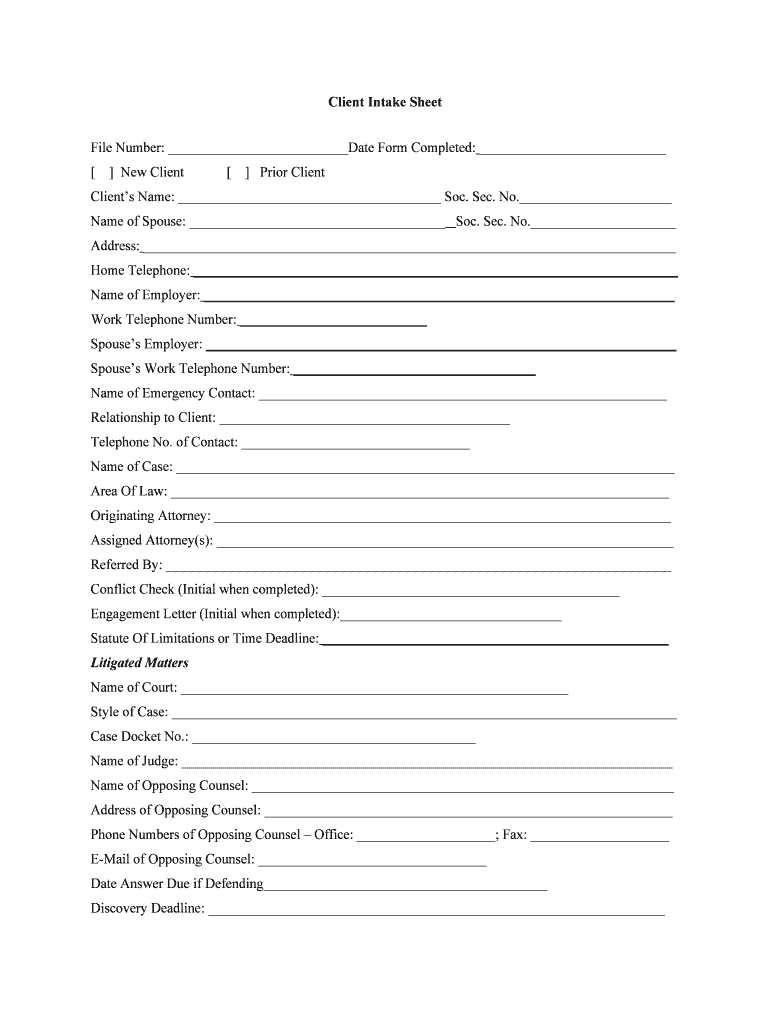
Can I file for bankruptcy without an attorney?

+
Yes, you can file pro se (without an attorney), but this is recommended only for simple cases. Hiring an attorney increases your chances of a smoother and more favorable outcome, especially if your financial situation is complex.
How long does the bankruptcy process take?
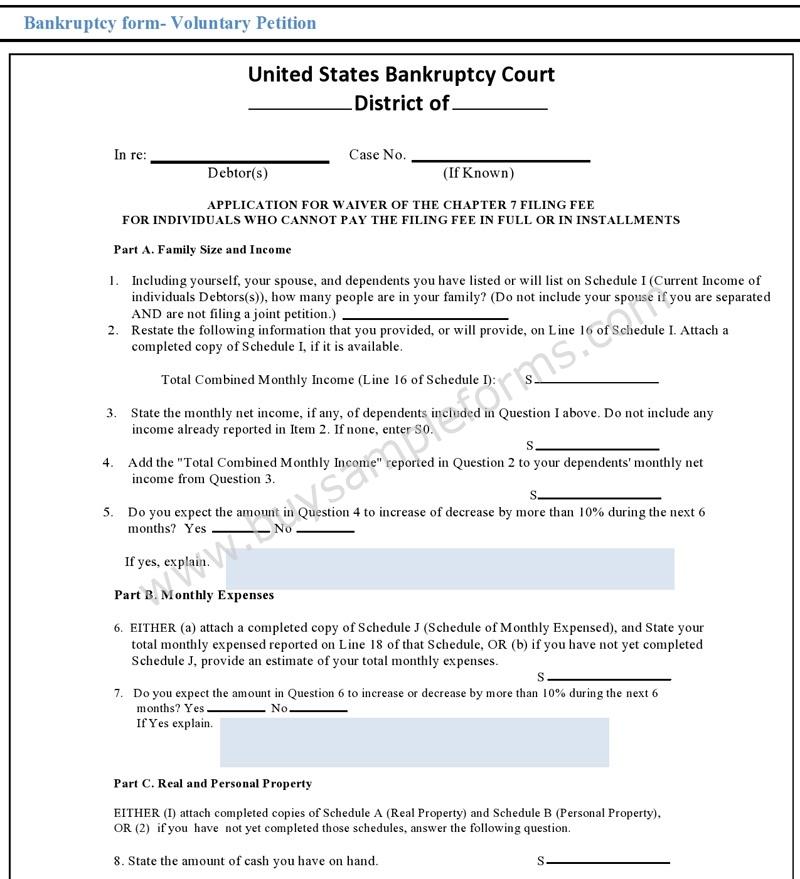
+
The duration varies:
- Chapter 7 typically takes 4-6 months.
- Chapter 13 can last 3-5 years due to the repayment plan.
What happens if I miss a document in my bankruptcy filing?
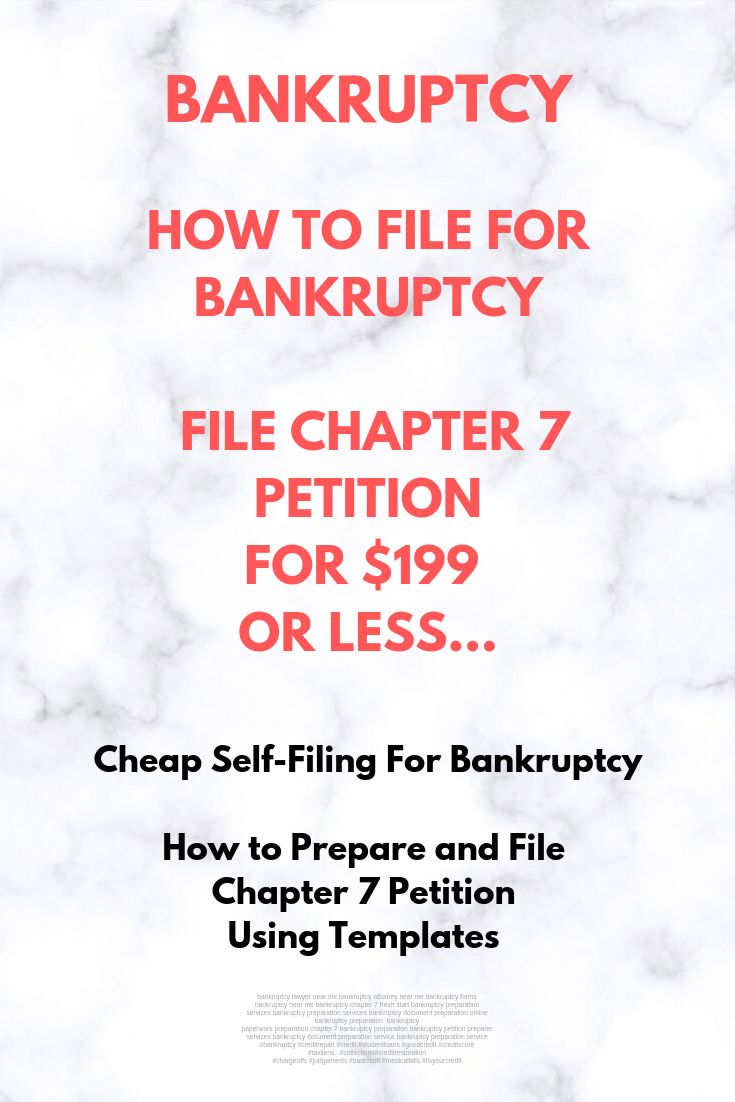
+
Missing documents can lead to delays, requests for amended filings, or even dismissal of your case. It's important to provide all necessary documentation promptly and accurately.
Will my credit score be affected by filing for bankruptcy?

+
Yes, bankruptcy will negatively impact your credit score. However, it can also provide a fresh start by discharging debts, potentially allowing for credit score improvement over time.
Are there any alternatives to bankruptcy?
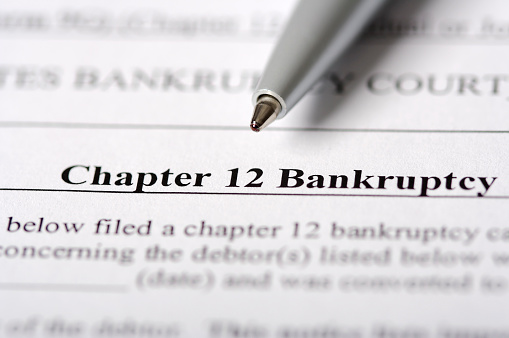
+
Alternatives include debt consolidation, debt settlement, credit counseling, or negotiating directly with creditors. However, bankruptcy might still be the best option if these alternatives are unfeasible or insufficient.
This comprehensive guide should give you a solid understanding of how to obtain bankruptcy paperwork easily. Remember, bankruptcy is a tool for financial recovery, not a punishment. With the right information, support, and preparation, you can navigate this process to regain control of your financial health. Keep abreast of changes in bankruptcy laws, stay organized, and seek professional guidance if needed to ensure the process is as smooth as possible.
